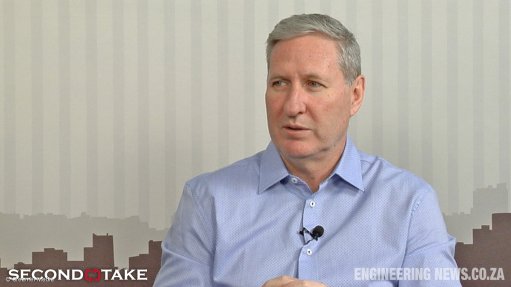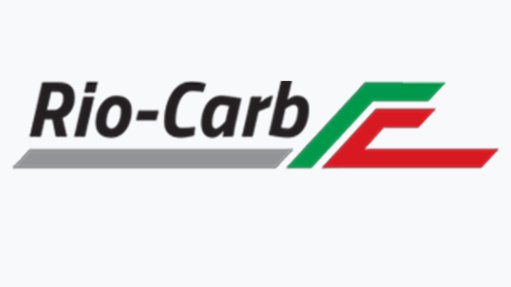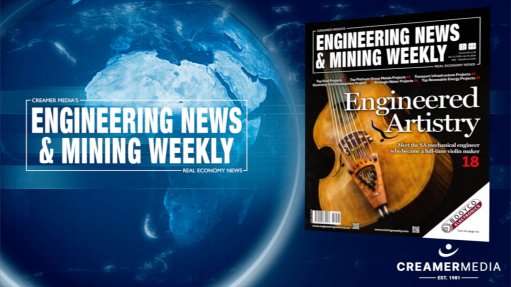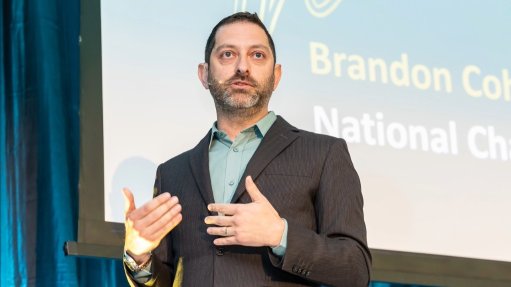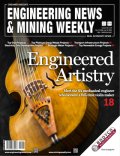The 6 Qualities That Open Doors for Young Engineers
By Pat van Wyk, Head of People, Culture, and Communications: Atana
South Africa needs engineers who can think beyond calculations, blueprints and technical specifications. The challenges facing the sector – ranging from energy security and water scarcity to digital transformation and climate resilience – require people who can collaborate, question, translate and lead.
Globally, too, it is clear that engineering is changing, with new technologies, new ways of working and new expectations redefining what it takes to thrive.
For young engineers entering the profession, this shift brings both pressure and opportunity. Employers increasingly want evidence of curiosity, adaptability and integrity. At the same time, engineering is becoming more human-centred.
At Atana we know that engineers are more than their qualifications (and that leaders are more than their titles). Here are the six facets that we believe distinguish emerging talent; that help to get young engineers noticed and keep them growing.
1. Collaborator & Connector
Modern engineering is about people as much as projects. Therefore, in complex, multidisciplinary teams, collaboration isn’t a nice-to-have; it’s how things get built.
We look for engineers who are able to connect across functions, geographies and perspectives and who are willing to coordinate, share, communicate and adapt.
At Atana, we’ve found that the ability to work well with diverse teams accelerates delivery and spreads optimism. Positive, proactive people uplift the whole group. Employees are encouraged to leverage non-compulsory social moments, which include first Thursdays, padel games, swimming lessons and the women’s network.
Practical steps for young engineers: Get involved in projects that include non-engineers, deliberately explore unfamiliar disciplines, join voluntary workplace networks and attend social gatherings with people you don’t usually interact with. Use LinkedIn to build meaningful professional networks as early as possible.
2. Challenger & Explorer
The Fourth Industrial Revolution is re-shaping engineering. As data analytics, AI, automation and digital twins redefine the boundaries of what’s possible, young engineers are spotting opportunities their managers might overlook.
At Atana we value curiosity and constructive challenge. A willingness to question assumptions, suggest alternatives and scan the horizon sets future leaders apart. Your manager may know less about niche developments or emerging technologies than you do. Be generous. Managing upwards is a key skill.
Practical steps for young engineers: Read about things that impact your specialisation. Find industry leaders to follow on Linkedin. Track a trend, share insights with peers or supervisors, and practise pitching new ideas. Try asking, “Why do we do it this way?” and “What if we tried this?”. Be respectful and curious. We’ve seen great ideas come from people brave enough to raise their hands.
3. Communicator & Translator
South African firms increasingly view communication as more of a hard differentiator than a soft skill. Technically strong graduates who can’t explain, listen or translate struggle to add value to their teams. To put it plainly, a genius who sits quietly in the corner isn’t all that helpful to others or accessible to clients.
Globally, too, engineers are prized for their ability to bridge technical and business worlds. Being a communicator goes beyond slick presentations to asking thoughtful questions, digging for clarity and ensuring shared understanding. It’s about translating strategy into detail and detail back into strategy.
Practical steps for young engineers: Start small if you lack confidence. Stretch your personal comfort zone. Find ways to do things that are uncomfortable at first. You might raise ideas at meetings, talk about trends in informal settings, or seek out casual chats with members of your team. Take on the role of synthesiser in group projects. (Listening with intent is as important as speaking with precision.)
4. Standard-Bearer
Engineering decisions have real-world consequences, which means integrity isn’t abstract - it’s operational. Future leaders don’t wait for someone else to uphold the standard. They set it, model it and expect it from those around them.
As environmental, social and ethical scrutiny grows, engineers are increasingly accountable for more than just the technical soundness of their work. Integrity shows up in how you handle grey areas and how you act when nobody’s watching.
Practical steps for young engineers: Technical brilliance without responsibility can be a liability. Early in your career, learn and apply professional codes of ethics and company best practices. Take ownership of shared work rather than hiding behind the group. If something seems unsafe, dishonest or careless, raise it.
5. Achiever, Learner, Striver
Employers prize potential, precision and progression. This means technical excellence combined with curiosity and self-direction. It also means that the most employable engineers treat learning as continuous, not episodic.
In addition, future leaders tend to manage their own development. They build portfolios of projects, seek feedback and acquire new skills that make them more versatile. They’re not waiting for someone to hand them opportunities.
Our advice? If you find a willing professional mentor, drive the relationship yourself, make it easy and seamless for the mentor to assist you, and look for guidance and direction in small ways. It’s important not to assume that every element of your career progression will always be managed for you.
Practical steps for young engineers: Plan your own progression path, including certifications or micro-credentials if relevant. Try to consume high-value, credible content, like podcasts, articles and even courses that you actively seek out.
6. Community- & Platform-Builder
Engineering teams today are borderless, multicultural and interdisciplinary. They are also peopled by individuals who are neurodivergent, differently abled and unique. This is why the ability to build and maintain spaces where others can contribute fully has become a critical differentiator in global, distributed teams.
Employers look for people who create environments where others can thrive; who notice who isn’t being heard, invite diverse perspectives and build spaces for shared learning. This is especially important in South Africa’s complex social landscape, where authentic inclusion requires everyday action.
Future leaders don’t wait for inclusive cultures to emerge. They help to build them.
Practical steps for young engineers: Rotate roles in group projects to give everyone a chance to lead or present. Notice who’s not contributing and actively bring them in. At Atana we’ve seen amazing initiatives emerge from employees who recognise a need for an initiative and say, for example, “We’d really like to have a weekly learning slot; would you give us the time? Here’s a plan.” Taking ownership of inclusion signals leadership long before you have a formal title.
The Human Factor
Technical knowledge will always matter, but what differentiates the engineers who get hired, grow and lead is how they work with people, how they learn and how they take responsibility when it counts. For graduates, this means shifting the focus from what you know to how you show up.
Atana’s view is simple: future leaders aren’t appointed. They are shaped through deliberate choices, often long before they have formal authority. These six facets are practical ways to become the kind of engineer who doesn’t just join great teams, but helps to create them.
Article Enquiry
Email Article
Save Article
Feedback
To advertise email advertising@creamermedia.co.za or click here
Comments
Press Office
Announcements
What's On
Subscribe to improve your user experience...
Option 1 (equivalent of R125 a month):
Receive a weekly copy of Creamer Media's Engineering News & Mining Weekly magazine
(print copy for those in South Africa and e-magazine for those outside of South Africa)
Receive daily email newsletters
Access to full search results
Access archive of magazine back copies
Access to Projects in Progress
Access to ONE Research Report of your choice in PDF format
Option 2 (equivalent of R375 a month):
All benefits from Option 1
PLUS
Access to Creamer Media's Research Channel Africa for ALL Research Reports, in PDF format, on various industrial and mining sectors
including Electricity; Water; Energy Transition; Hydrogen; Roads, Rail and Ports; Coal; Gold; Platinum; Battery Metals; etc.
Already a subscriber?
Forgotten your password?
Receive weekly copy of Creamer Media's Engineering News & Mining Weekly magazine (print copy for those in South Africa and e-magazine for those outside of South Africa)
➕
Recieve daily email newsletters
➕
Access to full search results
➕
Access archive of magazine back copies
➕
Access to Projects in Progress
➕
Access to ONE Research Report of your choice in PDF format
RESEARCH CHANNEL AFRICA
R4500 (equivalent of R375 a month)
SUBSCRIBEAll benefits from Option 1
➕
Access to Creamer Media's Research Channel Africa for ALL Research Reports on various industrial and mining sectors, in PDF format, including on:
Electricity
➕
Water
➕
Energy Transition
➕
Hydrogen
➕
Roads, Rail and Ports
➕
Coal
➕
Gold
➕
Platinum
➕
Battery Metals
➕
etc.
Receive all benefits from Option 1 or Option 2 delivered to numerous people at your company
➕
Multiple User names and Passwords for simultaneous log-ins
➕
Intranet integration access to all in your organisation












